-
A Look at Common Symptoms and Causes of Glaucoma
Routine optical exams are an important part of overall eye care, so it’s important to see your eye doctor in Chicago regularly. Doing so can help keep your eyes healthy by detecting problems, such as glaucoma, in their early stages. Read on to learn more about this eye disease.
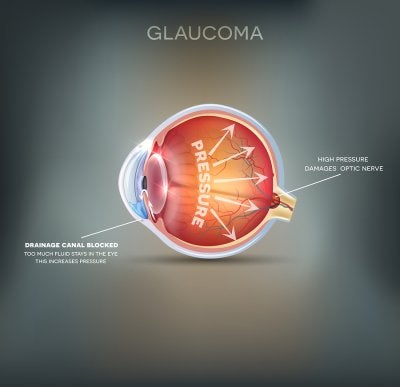
Glaucoma
Glaucoma typically results due to fluid buildup that increases the pressure in the eye and causes damage to the optic nerve. The early symptoms of glaucoma are often minor or non-existent, so many people do not realize that something is wrong with their eyes until the disease has become advanced. Because glaucoma progresses slowly and often develops unnoticed, it’s important to visit your ophthalmologist regularly for exams. When caught early, glaucoma treatment can help preserve your vision.
Symptoms
The most common form of this disease is called open-angle glaucoma, and it usually has no symptoms while it’s in its early stages. Eventually, the damage to the optic nerve begins to cause blanks spots in the individual’s vision, but even these are difficult to notice until they become substantial in size. Another form of this disease, called angle-closure glaucoma, can cause an acute attack. These attacks can result in nausea, vomiting, severe eye pain, blurry vision, headache, and rings or halos around lights. If you experience any of these symptoms, see an ophthalmologist immediately.
Causes
The inside of your eyes are lined with a layer of tissue that is sensitive to light, called the retina. The optic nerve, which is composed of many nerve fibers, runs like a cable between your retina and your brain, communicating signals from the eye, which your brain then interprets as images. The front portion of an eye contains a clear fluid called aqueous humor. A healthy eye continually produces new aqueous humor, while draining out the existing fluid at the same time. This process works to maintain the healthy balance of pressure within the eye. Eyes with glaucoma, however, fail to preserve this balance, and the added pressure damages the optic nerve fibers and leads to reduced vision or blindness.
-
The Importance of Glaucoma Screening at Age 40
Glaucoma refers to a cluster of eye diseases that inflict damage on the optic nerve, resulting in vision loss and perhaps blindness. Glaucoma is typically characterized by increased intraocular pressure, which can occur when fluid accumulates within the eye instead of being drained away. The optic nerve can sustain damage when this pressure builds up. Although glaucoma is a serious eye disease, the good news is that your ophthalmologist can detect it early and recommend effective treatment options to manage the problem. You can facilitate early detection of glaucoma by scheduling a screening at an optical center in Chicago.
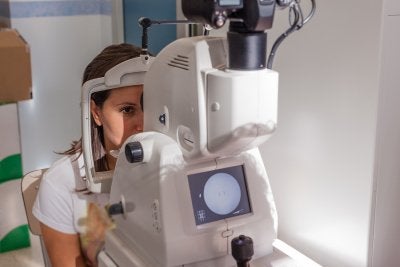
Why You Should Get Screened
Many adults resist going to an ophthalmologist for an eye exam because they think that their vision is fine or that their prescription hasn’t changed. But in fact, eye diseases can develop without causing noticeable symptoms. Only a comprehensive eye exam at an optical center can lead to an accurate diagnosis. Taking an hour or so out of your day to undergo a glaucoma screening is a worthwhile investment in your health. Another important reason why you should get screened is that when left untreated, glaucoma can gradually rob you of your eyesight. When detected and treated early on, glaucoma is quite manageable.
When You Should Get Screened
The reason why it’s important to get screened at age 40 is because this is the time of life when eye diseases and other problems typically begin to develop. Even if your vision appears to be perfect, you could be developing asymptomatic problems like glaucoma. Your ophthalmologist will recommend a glaucoma screening schedule for you to follow. Generally, it’s recommended that patients ages 40 through 54 have a screening every one to three years. Those who are 54 to 64 should have one every one to two years and those who are older than 64 should have one every six to 12 months. Your ophthalmologist may adjust this schedule depending on your specific risk factors of glaucoma.
What Your Risk Factors Might Be
Ask your ophthalmologist if you’re at an increased risk of glaucoma. You may be if you have a family history of the disease, you’re age 40 or older, you have high intraocular pressure, or you are farsighted. People with diabetes, high blood pressure, a history of eye injuries, and a history of corticosteroid use are also at an increased risk.
-
What to Know About Age-Related Macular Degeneration
Age-related macular degeneration (AMD) is one of the most common causes of vision loss in Americans over 50 years of age and is frequently treated by eye doctors in Chicago. If you’ve been diagnosed with this condition or think that you may be at risk, read on to learn more about AMD.
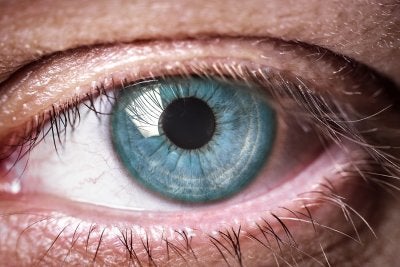
Types of AMD
Age-related macular degeneration affects the macula, which is at the back of the eye in the center of the retina. AMD can cause slow or rapid vision loss but rarely leads to total blindness. Dry AMD usually progresses slowly and is the most common form of this condition. This type of AMD stops the flow of nutrients to the cells in the macula which process light, resulting in cell death. Wet AMD tends to progress quickly and results in more serious vision loss. With this type of AMD, abnormal blood cells grow beneath the retina and break open, resulting in vision impairment.
Symptoms of AMD
It’s possible for the signs of AMD to manifest only once the disease has progressed. AMD sufferers can experience symptoms that include difficulty seeing in low light, seeing straight lines as blurry or wavy, trouble seeing in the center of vision, and changes in the appearance of colors. Visit an eye care specialist if you experience any of these symptoms.
Treatment for AMD
For patients diagnosed with dry AMD, vitamin supplementation is the current form of treatment. Research has shown that in certain combinations, vitamins can slow AMD’s progression in some patients. Treatment for wet AMD focuses on preventing the growth and decreasing the leakage from the abnormal blood vessels. Laser procedures are sometimes used, but anti-vascular endothelial growth factor drugs are the standard treatment. These medications are injected into the eye by an ophthalmologist. The eye is numbed beforehand, and the injections must be administered several times over the period of treatment. Your eye doctor may also recommend that you speak with your primary care physician about developing an exercise plan and making dietary changes that support a healthy lifestyle.
-
Taking Care of Your Child’s Vision
Just like going to the dentist and the pediatrician, eye examinations and visits to an eye doctor in Chicago should be part of your child’s routine medical care. Keep reading to learn more about taking care of your child’s vision.
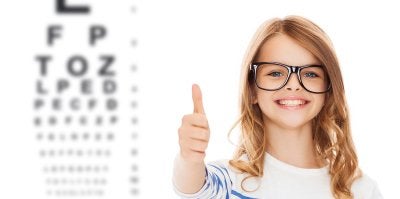
Types of Eye Care Specialists
There are a variety of eye care professionals that your child may need to see. Optometrists offer primary vision care and can perform eye examinations to determine if your child needs glasses or is suffering from an eye disease. Opticians specialize in fitting and adjusting eyeglasses. Ophthalmologists are medical doctors who provide comprehensive eye care, including surgery and practicing medicine. Finally, pediatric ophthalmologists are eye doctors who have undergone additional training to diagnose and treat problems that can affect children’s eyes.
Sources of Childhood Eye Care
Throughout her childhood, your child should periodically have her eyes examined. Newborns typically have their eyes checked by a doctor while in the hospital nursery as part of a general health examination. Your child’s pediatrician or family doctor should perform eye health screenings as she grows up and if irregularities are detected, direct you to see an eye doctor. For children that already wear corrective lenses, visits to an eye doctor should be scheduled once per year so their eyes can be monitored for changes and their eyewear can be updated accordingly.
Signs of Childhood Eye Problems
Besides having a doctor look at your child’s eyes, you can also take care of her vision by knowing how to spot eye problems. If you notice that your child’s eyes are extremely sensitive to light or are chronically watery or red, schedule an eye doctor appointment. Other indicators of an eye problem include poor visual tracking, poor focusing, a whitened pupil, constant eye rubbing, and abnormal eye movement or alignment after six months of age. Once your child is of school age, there are behaviors to watch for that can indicate that she is struggling to see properly. These can include sitting close to the TV, squinting, having difficulty reading, struggling to see distant objects, and having trouble reading the blackboard at school.
-
What You Should Know About Glaucoma
Glaucoma is a chronic eye disease that can lead to blindness . It involves damage inflicted on the optic nerve. Although your eye doctor cannot cure glaucoma, he or she can help you learn how to manage it properly. Early detection is critical, so schedule regular eye exams at an optical center in Chicago. Your eye doctor can check for the early warning signs of glaucoma by performing a dilated eye exam, which checks for damage to the optic nerve. The ophthalmologist can also check the pressure in your eye and assess your visual field.
When you visit the optical center, be sure to tell your eye doctor about any changes in your vision. Glaucoma typically causes patients to lose “patches” of vision such as peripheral vision. If you are diagnosed with glaucoma, it’s likely that your ophthalmologist will prescribe medicated eye drops to lower the pressure within your eye and prevent further damage. Some people with glaucoma may need laser surgery to manage intraocular pressure.
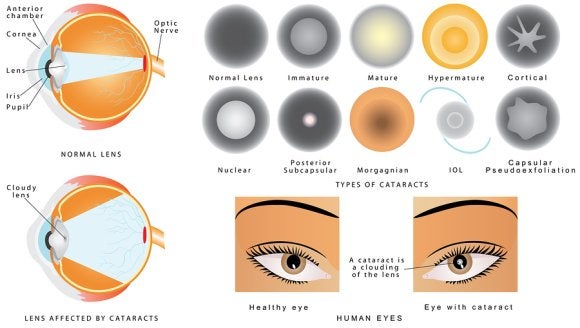
-
Spotting Eye Problems in Children
Children need to see an ophthalmologist at a much younger age than many parents realize. The American Optometric Association (AOA) recommends scheduling a trip to the ophthalmologist when an infant has reached six months of age. The next visits with an eye doctor should be scheduled at about the third and fifth birthdays. However, if you notice any potential signs of eye problems in your child, you can schedule a comprehensive eye exam with an ophthalmologist in Chicago at any time.
Appearance
Sometimes, eye problems that occur in children involve visible changes. If your child’s eyes appear to be misaligned, a trip to the ophthalmologist is in order. This could be a condition known as strabismus, or crossed eyes, which requires early treatment. Other visible changes to the eyes can include redness, swelling, and crusting. These are possible signs of an eye infection such as conjunctivitis.
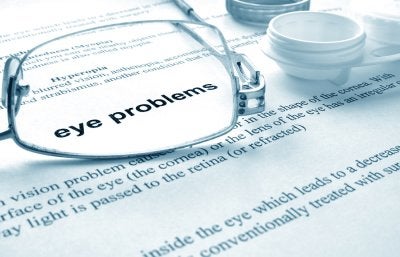
Behavior
If your child is nearsighted or farsighted, he or she may display some atypical behaviors. Your child may hold books or pictures unusually close to or far away from his or her head. You might notice that your child frequently rubs his or her eyes, especially while trying to concentrate on something. He or she may consistently sit too close to the TV. Some children might even close or cover one eye while reading or watching TV. This last symptom may indicate a binocular vision problem.
Academic Progress
Many children are diagnosed with nearsightedness after suffering a setback in academic performance. If your child has suddenly begun to receive poor grades or his or her teacher has noted that your child has not been paying attention in class, it could be time to schedule an eye exam. Kids who cannot see well have trouble reading instructions on the chalkboard. They might have trouble using computers or performing close work. In these cases, vision correction via eyeglasses may be all that is needed to get kids back on track in school.
Symptoms
If your child is old enough to articulate the problems he or she is experiencing, then you may hear him or her complain of dizziness, headaches, or nausea after reading or using a computer. These symptoms may indicate refractive errors. If your child experiences other types of vision problems, he or she may complain of having itchy, painful, or burning eyes. Fortunately, an ophthalmologist can help your child see clearly again.
-
What Is Strabismus?
More commonly referred to as “crossed eyes,” strabismus is a disorder in which the eyes are out of alignment with each other. In other words, they do not focus on the same object at the same time. Strabismus is often present at birth, although it can develop in adults. If you or your child has the appearance of being cross-eyed, it’s important to visit an ophthalmologist at an ophthalmology practice in Chicago. An ophthalmologist can help you understand the condition, including its possible causes such as cerebral palsy, traumatic brain injury (TBI), stroke, or eye injuries.
For a child with strabismus, vision correction often involves placing an eyepatch over the stronger eye to force the weaker eye to become stronger. Adults with mild strabismus may benefit from eye muscle exercises and eyeglasses. However, for a child or for an adult, eye muscle surgery may be needed in severe cases and for symptoms that are not sufficiently addressed through conservative treatments.
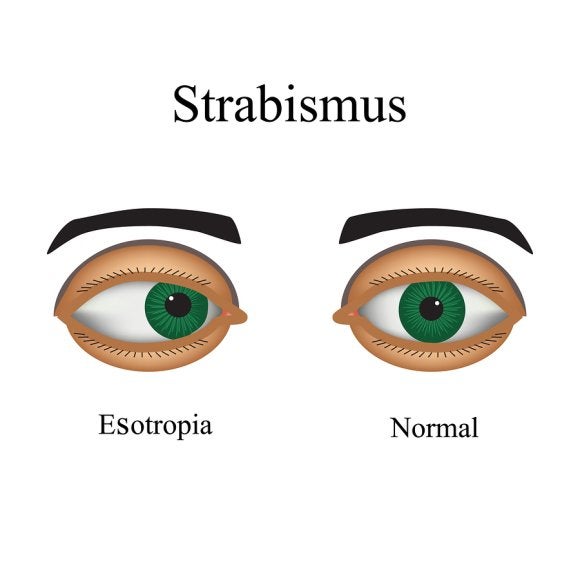
-
Protecting Your Eyes from Fireworks
Fireworks are an iconic part of summer. Unfortunately, fireworks are as dangerous as they are beautiful. Every year, thousands of patients are seen in emergency rooms across the country because of injuries caused by fireworks. Often, these injuries involve the face. Because eye injuries, other catastrophic injuries, and death can occur from the misuse of fireworks, June has been declared National Fireworks Safety Month. This awareness month, which actually runs through the Fourth of July, was designed to help consumers prevent fireworks injuries. If you plan to ignite fireworks this summer and live in Chicago, follow some basic eye care tips. An ophthalmologist at your local ophthalmology practice can work wonders with modern medical technology, but eye injuries caused by fireworks can cause permanent damage and vision loss.
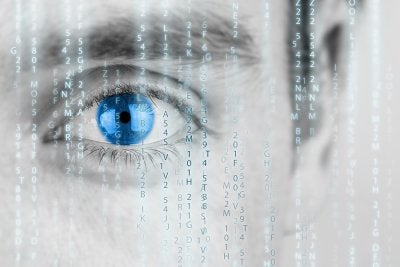
Reconsidering the Use of Fireworks at Home
The only safe way to enjoy fireworks is to view a show put together by professionals. Enjoy the fireworks display from behind the safety barriers at a distance of at least 500 feet.
Using Appropriate Safety Gear
If you do plan to use fireworks at home, check your local laws first to be sure they are legal in your area. Then, purchase safety glasses for everyone who will be handling the fireworks. Your ophthalmologist can recommend an approved type of safety glasses. Keep a bucket of water nearby and have access to a garden hose.
Igniting Fireworks as Safely as Possible
Never allow children to ignite, handle, or come near fireworks. This includes sparklers, which can burn at about 2,000 degrees Fahrenheit. This temperature is hot enough to melt certain metals. When an adult is ready to light the fuse, he or she should avoid placing any part of the body over the fireworks device. Instead, the adult should hold the lighter out at arm’s length away from the body to light the device. Immediately upon ignition, the adult should back away quickly. Alcohol should never be consumed before or during the handling of fireworks. Furthermore, adults should never attempt to re-light a “dud” firework. Instead, wait 20 minutes and then soak it in water.
-
Practicing Good Eye Health
Good eye health is essential for your quality of life. Unfortunately, many people take their vision for granted until they experience problems. One of the best ways to promote good eye health is to make an appointment with an eye doctor each year for an exam. When you visit the ophthalmology practice in Chicago, the ophthalmologist will do much more than update your vision correction prescription as needed.
As you’ll learn when you watch this video, your ophthalmologist will also check for the early signs of eye health problems such as macular degeneration, diabetic retinopathy, and glaucoma. These are the three leading causes of vision loss in the U.S. The eye doctor in this video explains how these problems develop. If you’re concerned about your risk of eye diseases, talk to your ophthalmologist about ways of managing your risk.
-
Protecting Your Eyes During Sports
If you play sports regularly, you should ask an ophthalmologist near Chicago for tips on preventative eye care and protective eyewear. Opticians recommend that you wear protective eyewear during sports in order to reduce your risk of serious eye injury or damage. Here is a look at how eye doctors recommend you protect your eyes while playing high-risk, moderate-risk, and low-risk sports.
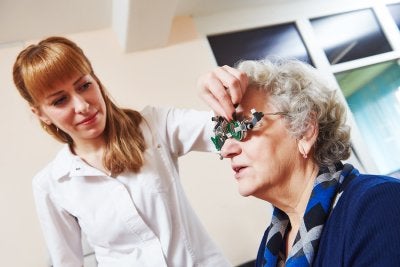
Eye Protection for High-Risk Sports
If you regularly play high-risk sports, your ophthalmologist will recommend that protective eyewear become a regular part of your eye care routine. Eye protection is particularly necessary if you wear contact lenses, as they put you at higher risk for eye injury and damage. High-risk sports include paintball, basketball, racquetball, softball, and football. These sports are high-risk because they involve swinging bats, fast moving balls, and heavy contact. You’re much more likely to need to visit an eye doctor for emergency eye care if you don’t wear protective eye wear while playing high-risk sports.
Eye Protection for Moderate-Risk Sports
Moderate-risk sports include golf, tennis, and soccer. While these sports still carry the risk of eye injury due to fast moving balls and swinging clubs and racquets, they are lower contact sports. Your eye doctor or ophthalmologist can recommend eyewear that will fully protect you from injury. It’s important to remember that wearing eyeglasses or sunglasses does not provide adequate protection from trauma, and the wrong eyewear might actually make an injury worse. You should visit your local optical center to discuss the most appropriate forms of protective eyewear for your sport.
Eye Protection for Low-Risk Sports
While low-risk sports are much less dangerous, they still care a risk of eye injury. Your optician can evaluate the level of risk and determine what form of protective eyeglasses you will need. Low-risk sports include swimming and cycling. You might need to wear protective goggles to eliminate the risk of eye irritation, scratches, and foreign objects becoming caught in your eyes. Again, this is particularly important if you wear contact lenses.
